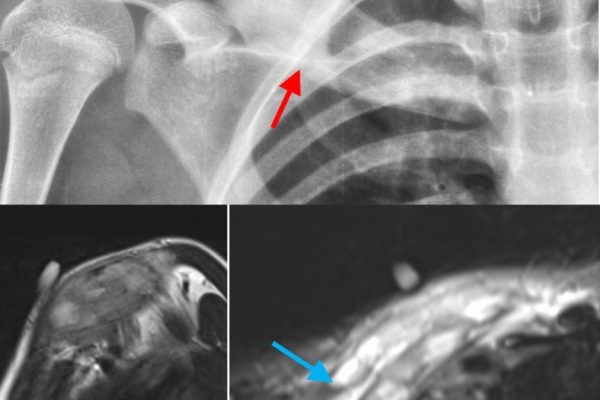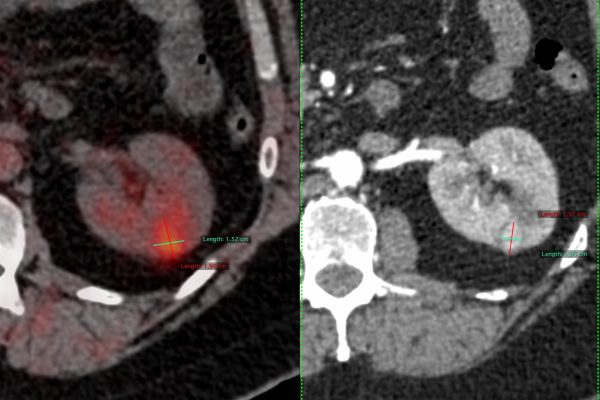Minimally Invasive RFA: A Game-Changer in Treating Liver Tumors
Liver tumors, both benign and malignant, pose a significant health challenge worldwide. Traditionally, the treatment of liver tumors often involved invasive surgical procedures, but in recent years, there has been a significant shift towards minimally invasive techniques. Radiofrequency Ablation (RFA) is emerging as a game-changer in the field of liver tumor treatment. This innovative approach offers numerous advantages over traditional methods, making it a preferred choice for both patients and healthcare providers.
Understanding Liver Tumors
Before delving into the details of RFA, it’s essential to understand what liver tumors are and why they require treatment. Liver tumors are abnormal growths or masses that develop within the liver tissue. They can be benign or malignant (cancerous). The most common types of liver tumors include hepatocellular carcinoma (HCC), which is the primary form of liver cancer, and liver metastases, which are secondary tumors that have spread from other parts of the body.
The Importance of Early Detection
Early detection of liver tumors is crucial for effective treatment. Unfortunately, liver tumors often remain asymptomatic until they reach an advanced stage, making early detection challenging. Regular health check-ups, imaging studies, and blood tests can help identify liver tumors in their early stages, when they are more manageable. Minimally invasive treatments like RFA are particularly valuable for patients diagnosed with small, localized tumors.
What is Radiofrequency Ablation (RFA)?
Radiofrequency Ablation (RFA) is a minimally invasive medical procedure used to treat liver tumors. It involves the use of radiofrequency energy to heat and destroy cancerous or abnormal cells within the liver. Here’s how the procedure works:
Image Guidance: Before the procedure, the patient undergoes imaging studies, such as ultrasound, CT scans, or MRI, to precisely locate the tumor within the liver.
Local Anesthesia: RFA is typically performed under local anesthesia to numb the area around the liver, minimizing discomfort during the procedure.
Electrodes Insertion: A thin, needle-like electrode is inserted through the skin and into the tumor, guided by real-time imaging.
Radiofrequency Energy: Once the electrode is in place, radiofrequency energy is delivered through it, generating heat. This heat destroys the tumor cells while sparing the surrounding healthy liver tissue.
Monitoring: Throughout the procedure, doctors monitor the temperature and progress of the ablation using imaging techniques.
Removal of the Electrode: After the tumor is effectively ablated, the electrode is removed, and the small incision is closed with a bandage.
Advantages of RFA in Liver Tumor Treatment
Minimally Invasive: One of the most significant advantages of RFA is that it is minimally invasive. Unlike traditional surgery, RFA requires only a small incision, reducing post-operative pain, hospital stays, and recovery time.
High Success Rate: RFA has shown excellent results in treating small liver tumors, with a high success rate in completely eradicating the tumor.
Preservation of Healthy Tissue: RFA is highly precise, targeting only the tumor cells while preserving the surrounding healthy liver tissue. This is especially important for patients with limited liver function.
Fewer Complications: The minimally invasive nature of RFA leads to fewer complications and a lower risk of infection compared to open surgery.
Shorter Recovery Time: Patients who undergo RFA typically experience a shorter recovery time and can return to their regular activities sooner than those who opt for surgery.
Suitable for Inoperable Cases: RFA is an excellent option for patients who are not suitable candidates for surgery due to their overall health or the tumor’s location within the liver.
Repeatable: In some cases, RFA can be repeated if new tumors develop or if the initial treatment is not entirely successful.
Conclusion
Minimally invasive RFA has emerged as a game-changer in the treatment of liver tumors. Its advantages, including minimal invasiveness, high success rates, and preservation of healthy tissue, make it an attractive option for patients and healthcare providers alike. Early detection of liver tumors and a comprehensive evaluation by a healthcare professional are essential for determining whether RFA is a suitable treatment option. As technology continues to advance, we can expect further refinements in RFA techniques, offering even better outcomes for patients with liver tumors. With the growing popularity of minimally invasive treatments like RFA, the future looks promising for liver tumor patients seeking effective and less-invasive options.




